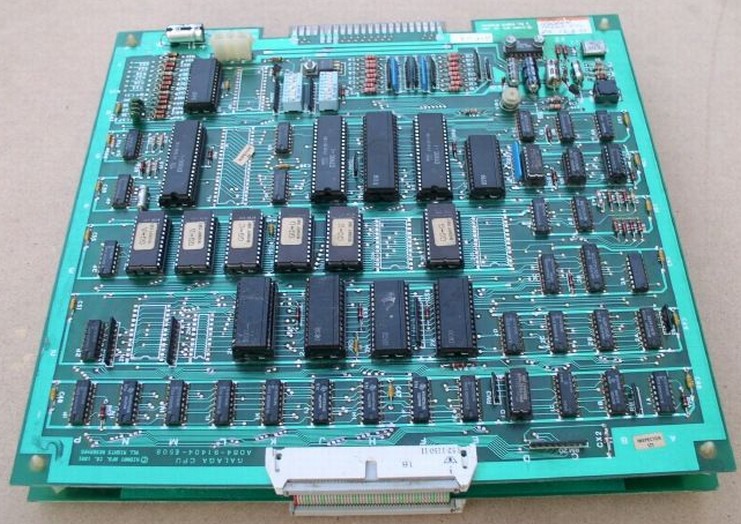What my question boils down to is: Is it really true that real engineers (like yourself) would really manually route boards like this?
Yes, it's true.
I do not know one single profesional PCB designers who uses an autorouter for anything close to a majority of their designs.
I've attached a few recent examples to this post. It seems to me like the routing would be wildly difficult and take a huge amount of time as you had to go back and change things as the routing gets more complex. I expect your answer will be "Yes, that is a very simple board and would be easy to manually route!" so if anyone can recommend some resources on learning to manually route I'd really appreciate it. I've love for my routes to come out cleaner. I know the autorouter does a poor job but it's always worked for me.
I guarantee you that one day it will not work and your circuit will fail.
You have been simply lucky so far to not deal with circuits that are critical in terms of circuit layout and signal integrity.
That LED display board is a classic example of where poor routing is not going to matter a rats, because there are generally no signal integrity issues with such a board.
I've done that myself where I've had say a one-off board that I've had to send away for manufacture within an hour to meet some ridiculous deadline. In that case I would simply let the autorouter rip on all non-essential parts of the board.
Yes, that board is not at all that hard to route, it's pretty simple, but yes, it takes time. The problem with trying to teach PCB design is the infinite variety of layout, every one is different and will have it's own rules. The key though is in placement and to group components according to functional dependence. i.e. if two chips are joined with an 8 bit bus, you place them side by side and not on opposite sides of the board. Or if you have a filter circuit based around a quad op-amp then you place the passive components around the opamp chip with the shortest paths.
Autorouters really came about in late 70's and 80's because PCB manufacture and IC integration techniques really weren't progressing to the point we have single chips to do everything today. So it was common to end up with a design that had to fit hundreds of digital TTL and microprocessor chips onto a double sided or 4 layer board for instance to save cost.
So you ended up with computer motherboards and the like that looked like this:


Hence all the chips were laid out in rows or columns like this and they were not fun or easy to manually route. But because they generally only operated at 10's of MHz at most, and all routes could be in opposite directions on different layers which was perfect for autorouters and they generally worked pretty well in these cases. They were useful. But placement was still very important of course, that has never changed.
Fast forward to the last 20 years or so and we've gotten back to a point were signals are 100 times faster and there are single chip solutions for most things, and signal integrity is often vital. This is now the complete opposite to what autorouters are good at.
Dave.